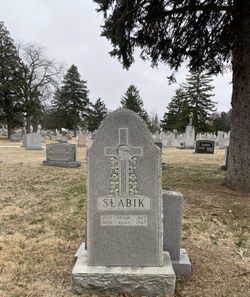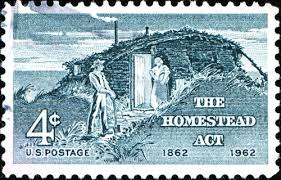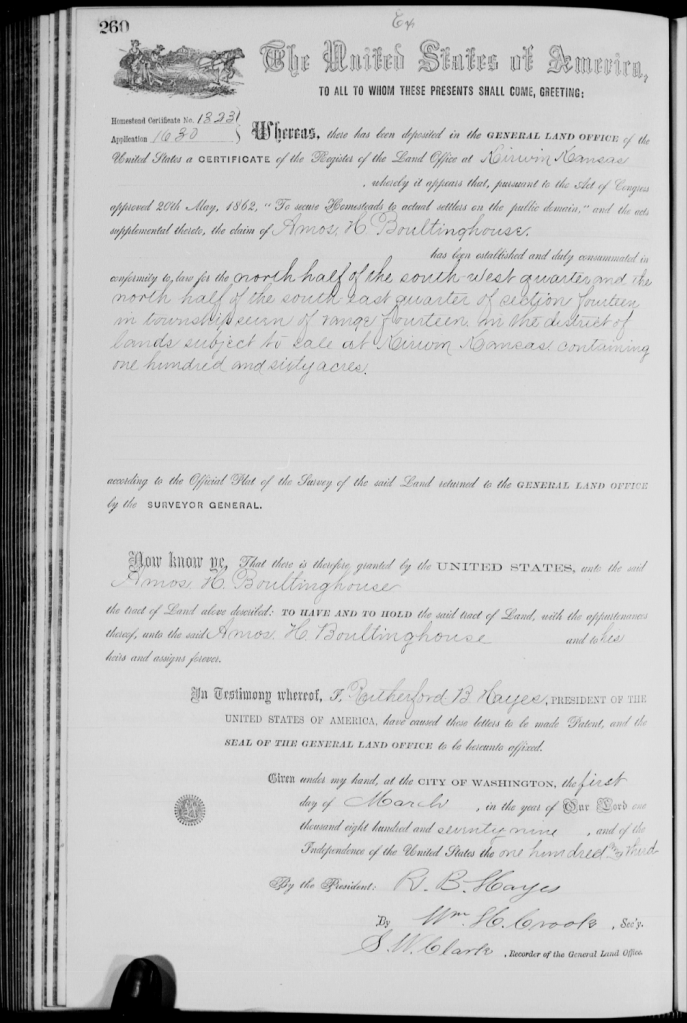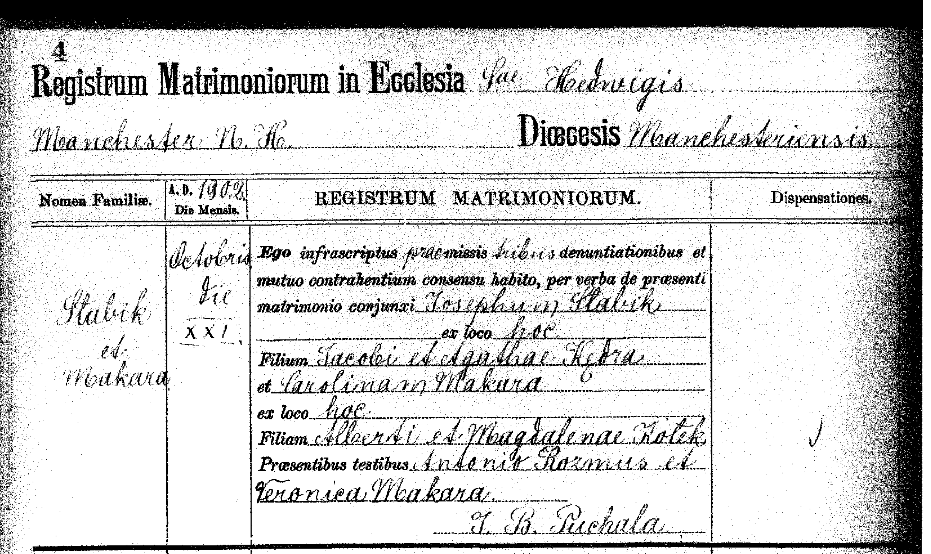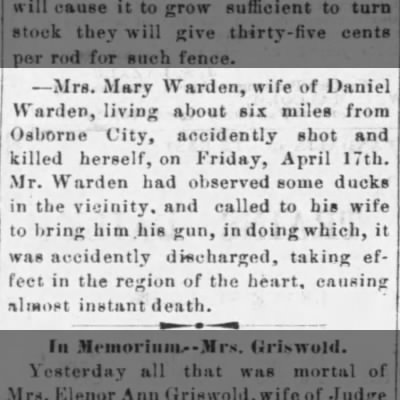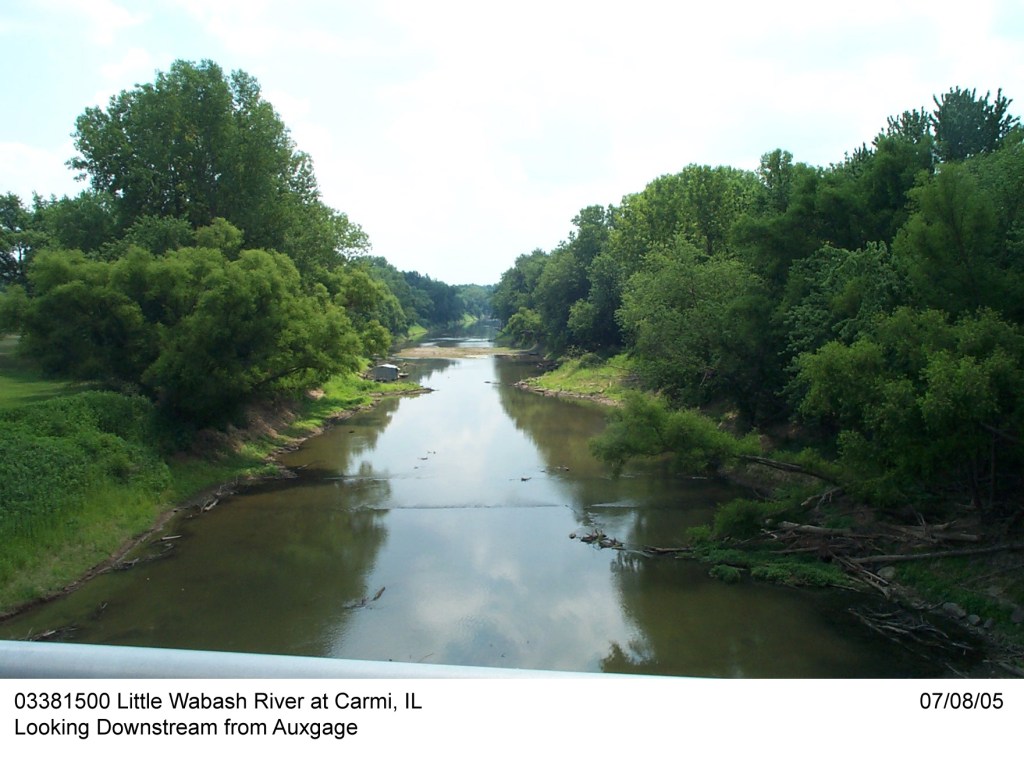
Wednesday, 1 February 1843
The winter winds swirled through her bonnet as she stood at the railing by the river. This was Manhattan, where Mary had lived since emigrating from France. In just a few days, she would marry a young soldier from Fort Columbus. It was surreal…she did not fully comprehend what was expected of her. So many things she did not understand. She was fourteen years old. Her fluency in English as a second language was very minimal. Her new husband would be taking her a thousand miles from what she knew. He had told her the land was called Illinois. What was her true future?
Monday, 1 February 1863
The winter winds swirled through her shawl as she stood by the barn fence. The mother of nine children, Mary was in charge of this Illinois farm as her husband had been called off to war. He was far away fighting with Grant and Sherman. Letters came infrequently. Her mind reviewed all the tasks for the day and which of her children would help with what. Her youngest was a toddler and the oldest eighteen. She was 34 years old. She longed to see her husband walking along the prairie and returning to them. What was her true future?
Friday, 1 February 1883
The winter wind swirled through Mary’s skirts as she stood by the railing by the corral. Living in Kansas, she and her family owned a farm earned by the Homestead Act. Her children now numbered eleven. Her oldest Mary had been killed in a farm accident and was buried on this property. Each day, she struggled with her grief as she worried about Mary’s small children. Her husband Amos had been injured in the war so farm work was difficult…yet he never complained. She was 54 years old. What was her true future?
Friday, 1 February 1901
The winter wind swirled through Mary’s sweater as she stood by the railing on the front porch. Her Amos was gone…taken by a stroke eight years past. Her children were scattered, but her youngest boy Lafe lived close by. Lafe had asked her to come live with him, his wife, and three young ones. She felt frail and fragile. She had little money. What was her true future? She was 72 years old.
Wednesday, 31 December 2025
The winter wind swirled through my hoodie as I stood by the railing on my back porch. As I gazed out at the farmer’s field behind the house, I thought of my second great grandmother… Mary Magdalina Kreamer Boultinghouse. I have admired her resilience, her ability to face unknown futures, her faith, her strength. She died in April 1901. Did her dreams of the future include visions of her descendants?


